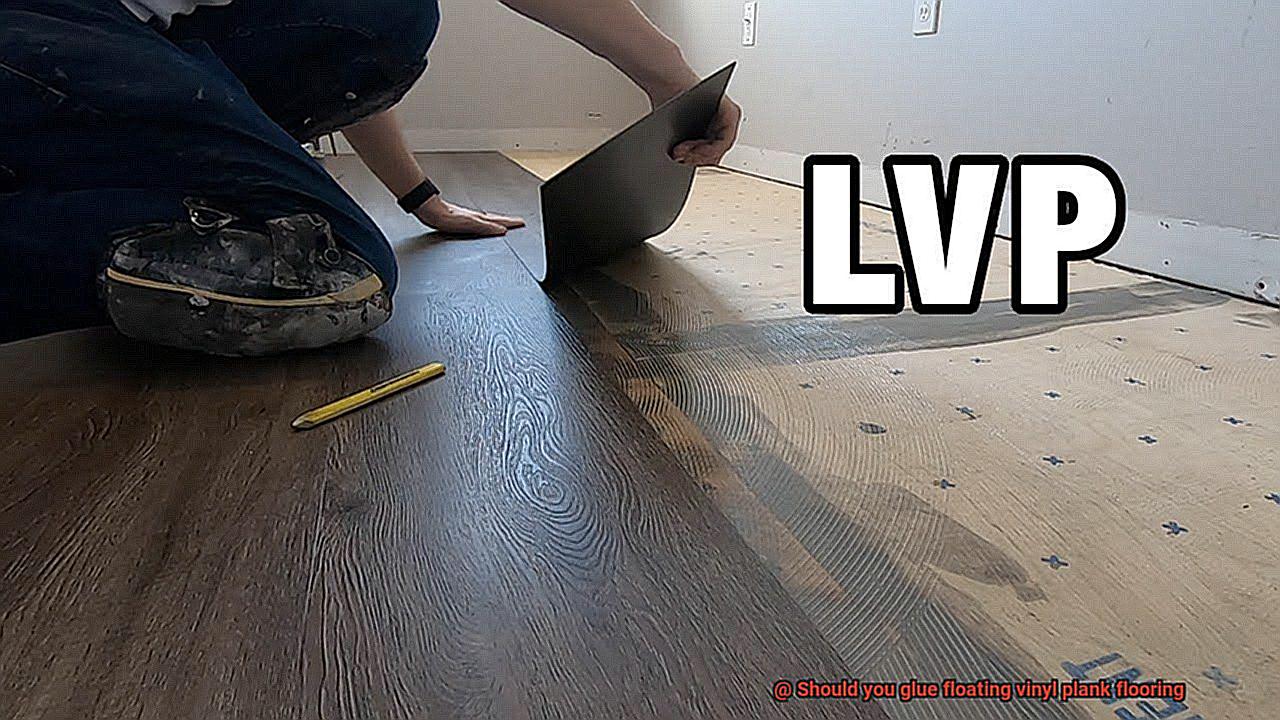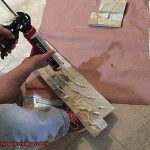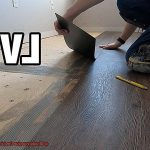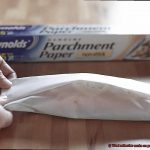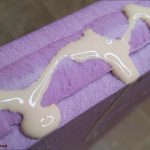Thinking of installing floating vinyl plank flooring but unsure whether or not to use glue? It’s a topic that sparks debate among homeowners, builders, and DIY enthusiasts. Some say glue is unnecessary for the job, while others swear by it for durability and longevity. The question remains: should you glue your floating vinyl plank flooring?
Before we get into that, let’s first define what floating vinyl plank flooring is. Essentially, it’s a type of flooring that requires no nails or adhesive. Instead, each plank sits on top of a foam or cork underlayment mat and locks together with a click system. This makes installation quick and easy – no wonder it’s such a popular choice.
So, do you need to use glue? Well, the answer depends on several factors: the type of vinyl plank flooring you have, where you’re installing it, and your personal preference. In this blog post, we’ll delve deeper into these considerations and give you a clear answer on whether or not to glue your floating vinyl plank flooring. Keep reading to find out.
Types of Floating Vinyl Plank Flooring
Contents
- 1 Types of Floating Vinyl Plank Flooring
- 2 Benefits of Floating Vinyl Plank Flooring
- 3 Factors to Consider When Deciding Whether to Glue or Not
- 4 Pros and Cons of Gluing Down Floating Vinyl Plank Flooring
- 5 How to Glue Down Floating Vinyl Plank Flooring
- 6 Tips for Installing Floating Vinyl Plank Flooring Without Glue
- 7 Common Mistakes People Make When Installing Floating Vinyl Plank Flooring
- 8 Alternatives to Gluing Down Floating Vinyl Plank Flooring
- 9 Conclusion
When it comes to choosing the perfect type of floating vinyl plank flooring, there are several factors to consider. One of the most important factors is whether or not to glue the planks down. The type of floating vinyl plank flooring you select will determine whether or not you need to glue them down. Let’s take a closer look at the different types of floating vinyl plank flooring and how they impact the need for adhesive.
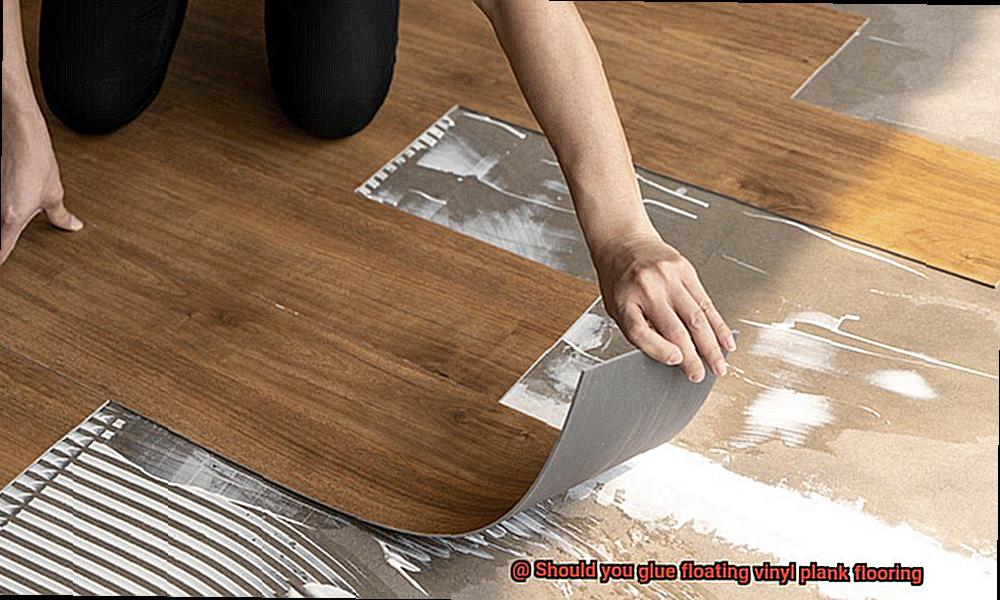
Click-Lock Planks:
Click-lock planks are designed with a tongue-and-groove system that clicks together securely without the need for additional adhesive. These planks are easy to install and can be removed if needed. If you’re looking for a quick and easy DIY project, click-lock planks might be the way to go.
Peel-and-Stick Planks:
Peel-and-stick planks have an adhesive backing that allows them to stick directly to the subfloor without any additional glue. This type of flooring can be installed quickly and easily, but it may not be as durable as other options and may require replacement sooner.
Loose Lay Vinyl Plank Floors:
Loose lay vinyl plank floors rely on their weight and friction between the planks and subfloor to stay in place. These floors do not require any adhesive or locking mechanisms and can be installed quickly. However, they may not be suitable for high-traffic areas or areas with heavy furniture.
Luxury Vinyl Plank (LVP):
LVPs are made of multiple layers of vinyl and other materials like fiberglass and foam. They feature a click-and-lock system that makes installation easy without requiring adhesive. LVPs are durable, waterproof, and resistant to scratches and stains, making them an excellent choice for high-traffic areas.
Rigid Core Vinyl Plank (RCVP):
RCVPs have a stiffer core layer made of either stone plastic composite (SPC) or wood plastic composite (WPC). They feature a click-and-lock system that makes installation easy without requiring adhesive. RCVPs offer better dimensional stability, impact resistance, and sound absorption than LVPs, making them ideal for homes with pets or kids.
When deciding whether or not to glue your floating vinyl plank flooring down, it’s important to consider the type of flooring you have. Traditional click-lock planks, LVPs, and RCVPs do not require adhesive. Conversely, peel-and-stick planks and loose lay vinyl plank floors may benefit from additional glue to ensure they stay in place over time.
In addition to the type of flooring you have, other factors like subfloor type and personal preference should also be taken into consideration. If you’re unsure about whether or not to glue your flooring down, it’s always best to consult with a professional installer or manufacturer for guidance.
In conclusion, selecting the right type of floating vinyl plank flooring is essential for determining whether or not adhesive is necessary.
Benefits of Floating Vinyl Plank Flooring
This popular choice among homeowners offers a multitude of benefits that make it an attractive and practical option.
First and foremost, the installation process is a breeze. With no need for glue, even those with little DIY experience can handle the job themselves. This means that you can update your home’s flooring relatively quickly and without the added expense of hiring a professional. Plus, it can be installed over various subfloor types, including concrete, wood, and existing flooring. Talk about versatility.
But the benefits don’t stop there. Floating vinyl plank flooring is also more water-resistant than traditional hardwood, making it an excellent choice for areas prone to moisture, such as bathrooms and kitchens. This durability also makes it a great option for high-traffic areas of your home.
Maintenance is also a breeze with floating vinyl plank flooring. It requires only regular sweeping and an occasional mop, leaving you with more time to enjoy your beautiful floors.
And let’s not forget about style. With options that mimic the look of hardwood, tile, or stone, you can achieve any desired aesthetic without breaking the bank or dealing with high maintenance requirements. The possibilities are endless.
Factors to Consider When Deciding Whether to Glue or Not
Firstly, take into account the location where you’ll be installing the flooring. For high-traffic areas like entryways and kitchens, gluing can add extra durability and prevent shifting over time. For low-traffic areas such as bedrooms or hallways, gluing may not be necessary.
Next, think about the type of subfloor you’ll be installing on. If it’s concrete or plywood, gluing can help prevent any movement or shifting of the planks. However, if it’s a wooden subfloor, gluing is generally not recommended as it can hinder natural wood expansion and contraction.
The type of vinyl plank flooring you choose can also impact whether or not to glue it down. Some vinyl plank flooring comes with a pre-attached underlayment for extra cushioning and sound absorption. If this is the case with your flooring, gluing may not be necessary as the underlayment will already provide stability.
Lastly, consider your own personal preferences and needs. If you want extra peace of mind and don’t mind the additional cost and effort of gluing down the planks, go for it. However, if you prefer an easier and quicker installation process with less mess and hassle, opting for a floating installation without glue may be more suitable.
Pros and Cons of Gluing Down Floating Vinyl Plank Flooring
If you’re considering installing floating vinyl plank flooring, you have two options: glue down or click-lock. While click-lock installation is a popular choice due to its ease and quickness, gluing down your vinyl planks can offer added stability and durability. Let’s take a closer look at the pros and cons of gluing down your floating vinyl plank flooring.
First, let’s talk about the pros. Gluing down your vinyl planks provides increased stability. By securing each plank to the subfloor with adhesive, you can create a more stable surface that can better withstand heavy foot traffic and furniture. This is especially important in high traffic areas or rooms with heavy furniture.
In addition to stability, glue-down installation can also reduce noise. When planks are securely attached to the subfloor, there is less movement, resulting in less noise when walking on the floor. This is especially beneficial if you have children or pets who may be loud when running around.
Another benefit of glue-down installation is improved moisture resistance. Since moisture can seep between the planks in click-lock installation, glue-down can prevent this from happening. Therefore, it may be a great choice for areas prone to moisture such as bathrooms and laundry rooms.
Now, let’s consider the cons. One major disadvantage of gluing down your vinyl planks is that they are difficult to remove without damaging the subfloor. This can be a problem if you plan on changing your flooring in the future or if you damage a plank and need to replace it.
In addition, glue-down installation requires more time and effort than click-lock installation since each plank needs to be individually glued down. This can make the installation process longer and more labor-intensive. Therefore, you should ensure you have enough time and patience before gluing down your planks.
Finally, gluing down vinyl planks can be messy. Excess glue may seep out from between the planks and onto the surface, which can be difficult to clean up. Therefore, you should be careful and precise when applying the adhesive.
Ultimately, whether or not you should glue down your floating vinyl plank flooring depends on your personal preferences and the specific needs of your space. If you prioritize stability and durability, gluing down your planks may be the right choice. However, if you value easy installation and flexibility in future flooring changes, click-lock installation may be a better option for you.
How to Glue Down Floating Vinyl Plank Flooring
If you’re looking to install a new vinyl plank floor, you may be wondering whether to glue it down or not. While floating floors are easy to install, gluing down the planks can offer a more secure and stable installation. Here are some key steps to follow when gluing down your floating vinyl plank flooring.
Prepare Your Subfloor
Before installing your vinyl plank flooring, it’s important to prepare your subfloor properly. This involves thoroughly cleaning it and ensuring that it is level. Any debris or unevenness can cause the planks to shift or buckle over time, compromising the stability of the floor.
Choose the Right Adhesive
Choosing the right adhesive for your specific type of vinyl plank flooring is crucial for a successful installation. Check with the manufacturer’s recommendations for their recommended adhesive. Some adhesives may not be compatible with certain types of vinyl plank flooring, so it’s important to choose wisely.
Apply Adhesive Evenly
When applying the adhesive, it’s important to work in small sections as the adhesive will dry quickly. Start in one corner of the room and use a trowel or roller to spread a thin, even layer onto the subfloor. Be sure not to apply too much adhesive as this can cause the planks to slide around or create an uneven surface.
Lay Your Planks Carefully
Once you’ve applied the adhesive, carefully lay your vinyl planks into place, ensuring that each plank is snugly fitted against the previous one. You may need to use a tapping block and mallet to ensure a tight fit between planks. Take your time with this step to ensure that the planks are aligned correctly and there are no gaps between them.
Allow Adhesive to Dry Completely
Finally, allow the adhesive to dry completely before walking on or finishing the floor. This may take several hours or even overnight depending on the type of adhesive used and the temperature and humidity levels in the room. It’s important not to rush this step as walking on or finishing the floor before the adhesive has fully dried can compromise the stability of the installation.
Tips for Installing Floating Vinyl Plank Flooring Without Glue
First and foremost, prepare the subfloor. Make sure it’s clean, level, and free of debris or bumps. This will ensure that your planks lay flat and don’t shift over time. If needed, use a self-leveling compound to even out any imperfections.
Secondly, choose the right underlayment. It’s not always necessary, but using an underlayment can provide extra cushioning, absorb sound, and prevent moisture from seeping up from the subfloor.
Thirdly, plan your layout before starting installation. This will help ensure a uniform look and minimize waste. Starting in one corner of the room, lay out a few rows of planks to determine the best pattern and fit. Don’t forget to leave a small gap around the edges of the room to allow for expansion.
Fourthly, cut your planks carefully when fitting them around corners or obstacles. Use a sharp knife or saw and measure precisely to avoid mistakes. A jigsaw or handsaw can be used for trimming as needed.
Finally, make sure each plank clicks securely into place before moving on to the next one. Stagger the seams and maintain a consistent gap between planks to create a cohesive look. Use a tapping block and mallet to ensure each plank is snugly in place.
Common Mistakes People Make When Installing Floating Vinyl Plank Flooring
While it’s a popular and affordable option, it’s important to avoid common mistakes during installation that could lead to damage and frustration down the line. As an expert in this field, I’m here to help you navigate the process and ensure a successful installation.
The first mistake many people make is not properly preparing the subfloor. An uneven or moist subfloor can cause your new flooring to buckle or warp over time. Take the time to clean, dry, and level the subfloor before starting installation. Trust me; it’s worth the effort to avoid costly repairs later.
Another mistake is not allowing the flooring to acclimate to the room’s temperature and humidity levels before installation. This may seem like an inconvenience, but it’s essential for preventing gaps or buckling caused by expansion or contraction of the planks. Let your flooring sit in the room for at least 48 hours before starting installation.
When it comes to gluing floating vinyl plank flooring, too much adhesive is a common mistake that can cause excess glue to seep out between the planks, making it difficult to clean up and potentially damaging the flooring. Use just enough adhesive to hold the planks in place and avoid any excess.
Finally, don’t forget to properly seal the edges and seams of your new flooring after installation. This will prevent moisture from seeping in, causing damage over time. Use a silicone-based sealant on all edges and seams.
Alternatives to Gluing Down Floating Vinyl Plank Flooring
The good news is that there are alternatives to gluing down that can make your life easier.
One popular option is double-sided tape. This flooring-specific tape creates a strong adhesive bond without the mess of liquid glue. Simply lay down strips of tape where the planks will go and press them firmly into place. This method allows for easy removal and replacement of individual planks if needed, without leaving behind any sticky residue.
Another convenient choice is click lock installation systems. Some brands of floating vinyl plank flooring come with click lock systems that snap the planks together without requiring any adhesive. This not only simplifies installation but also allows for easy replacement of individual planks if necessary. It’s ideal for those who want to tackle the project themselves without needing specialized tools or equipment.
Additionally, some manufacturers offer peel-and-stick options for their floating vinyl plank flooring. With a self-adhesive backing on each plank, this method involves simply applying each plank to a clean and dry subfloor. Although it may be pricier than other alternatives, it offers a quick and straightforward installation process without needing any additional adhesives.
GDARX63oDLY” >
Conclusion
In conclusion, the decision to glue your floating vinyl plank flooring boils down to several factors. These include the type of flooring you have, where you’re installing it, and your personal preference. It’s worth noting that traditional click-lock planks, luxury vinyl planks (LVPs), and rigid core vinyl planks (RCVPs) don’t require adhesive. However, peel-and-stick planks and loose lay vinyl plank floors may benefit from additional glue to ensure they stay in place over time.
Floating vinyl plank flooring is an excellent choice for those who want a quick and easy DIY project. Not only does it offer versatility, durability, water-resistance, and low maintenance requirements, but it also provides a wide range of styles to choose from. When deciding whether or not to glue down your floating vinyl plank flooring, consider the location where you’ll be installing it, the type of subfloor you’ll be using, the type of vinyl plank flooring you’ve chosen and your personal preferences.
If you opt to glue down your floating vinyl plank flooring, take care to prepare the subfloor properly before installation. Choose the right adhesive for your specific type of flooring and apply it evenly in small sections. Lay each plank carefully into place and allow sufficient time for the adhesive to dry completely before walking on or finishing the floor.
Ultimately, if you prefer not to use glue when installing your floating vinyl plank flooring there are alternatives such as double-sided tape or click lock installation systems that can make the process easier without compromising stability or durability.

